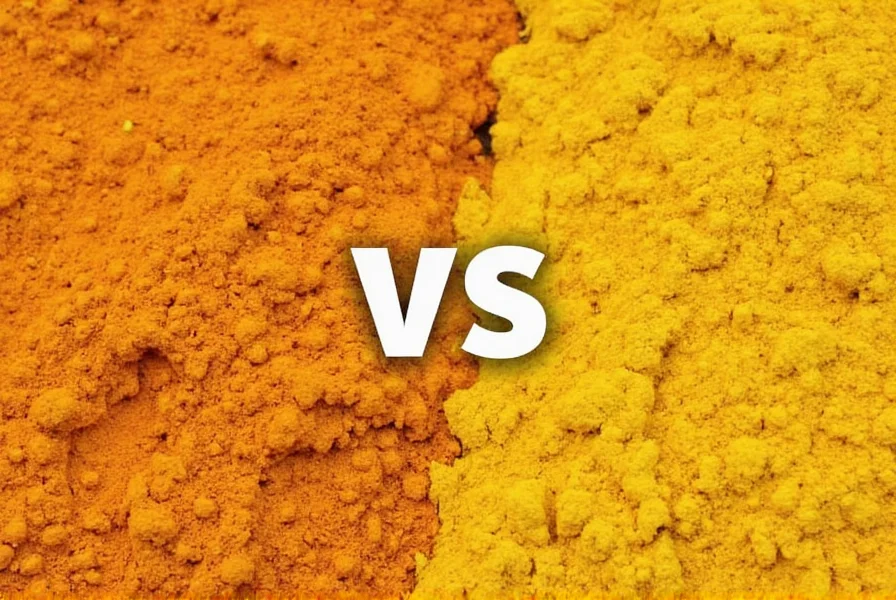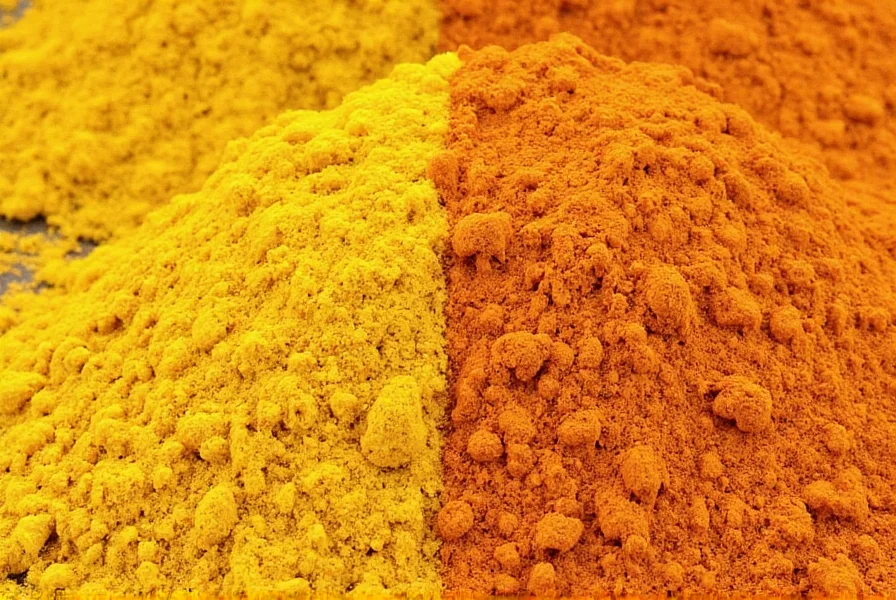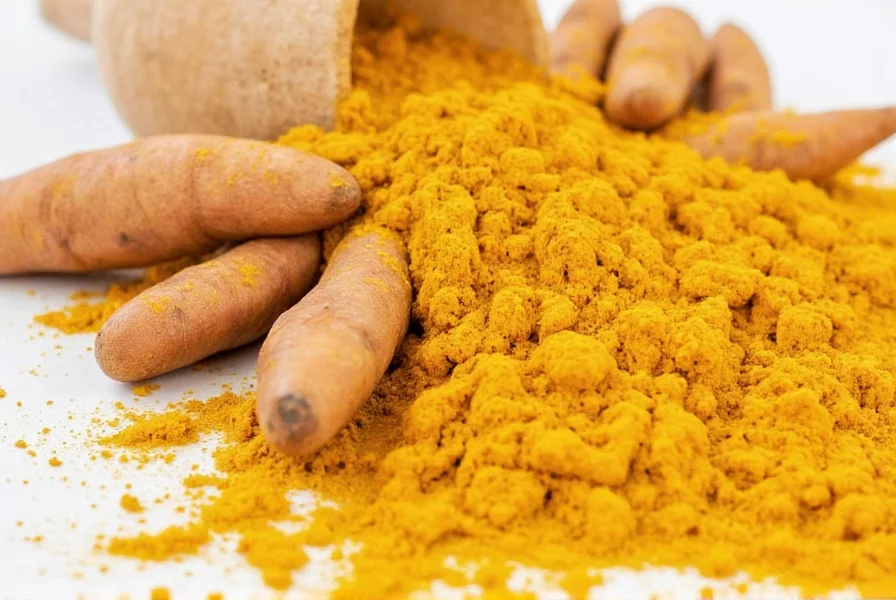No, turmeric and curcumin are not the same thing. Turmeric is a spice derived from the Curcuma longa plant's root, while curcumin is just one of the multiple chemical compounds found within turmeric. In fact, curcumin represents only about 2-8% of raw turmeric by weight. Understanding this distinction is crucial for making informed decisions about dietary supplements and culinary uses.
When exploring natural remedies or dietary supplements, confusion between turmeric and curcumin is extremely common. Many people mistakenly use these terms interchangeably, but they represent distinctly different entities with important implications for health benefits and usage. This article clarifies the scientific relationship between these two related but separate substances.
What Exactly Is Turmeric?
Turmeric (Curcuma longa) is a flowering plant in the ginger family, native to tropical regions of South Asia. The part used as a spice is the plant's rhizome (underground stem), which is boiled, dried, and ground into the familiar yellow-orange powder. For thousands of years, turmeric has been used in Ayurvedic medicine and traditional cooking throughout Asia.
Whole turmeric contains over 100 different chemical compounds, including:
- Curcuminoids (3-6% of raw turmeric)
- Volatile oils (like turmerone)
- Sugars
- Proteins
- Fibers
- Minerals
Understanding Curcumin: The Key Compound
Curcumin is the most studied curcuminoid compound found in turmeric, responsible for its vibrant yellow color. Scientifically known as diferuloylmethane, curcumin represents only 2-8% of raw turmeric by weight. While it's the most active and researched component, it's just one part of turmeric's complex chemical profile.
Researchers isolate curcumin from turmeric to create concentrated supplements because:
- It has demonstrated anti-inflammatory properties
- It shows antioxidant capabilities
- It may support various health functions
| Characteristic | Turmeric | Curcumin |
|---|---|---|
| Nature | Whole spice (plant root) | Single chemical compound |
| Composition | Contains 100+ compounds | One specific curcuminoid |
| Concentration in Turmeric | 100% (the whole substance) | 2-8% of raw turmeric |
| Primary Use | Culinary spice, traditional medicine | Concentrated supplements, research |
| Bioavailability | Naturally low | Even lower without enhancement |
Why the Confusion Between Turmeric and Curcumin Exists
The frequent conflation of turmeric and curcumin stems from several factors in the supplement industry. Many product labels use "turmeric" when they actually contain primarily curcumin extracts, creating consumer confusion about difference between turmeric and curcumin. Marketing materials often highlight curcumin's benefits while using "turmeric" as the more recognizable term.
Scientific research compounds this confusion. When studies report "turmeric benefits," they're often actually testing isolated curcumin or enhanced curcumin formulations. This distinction between turmeric root vs curcumin supplement is critical because whole turmeric contains other compounds that may work synergistically with curcumin.

Practical Implications for Consumers
Understanding what is curcumin made from and how it relates to turmeric affects real-world decisions. When purchasing supplements, check labels carefully. Products labeled "turmeric extract" typically contain concentrated curcuminoids (often 95% curcumin), while "whole turmeric" contains the full spectrum of compounds.
The question of whether turmeric contains curcumin is straightforward—yes, but in relatively small amounts. This explains why supplement manufacturers create curcumin isolates: to deliver higher concentrations than what's naturally present in turmeric. However, some research suggests that other compounds in turmeric may enhance curcumin's absorption and effectiveness.
Scientific Context and Bioavailability
One critical aspect often overlooked in discussions about is curcumin the active ingredient in turmeric is bioavailability. Curcumin has notoriously poor absorption when consumed alone. This is why many supplements combine curcumin with piperine (from black pepper) or use specialized delivery systems.
Whole turmeric contains natural compounds that may improve curcumin absorption, though not as effectively as specialized formulations. When evaluating health benefits of turmeric versus curcumin, consider that most clinical research uses enhanced curcumin formulations, not raw turmeric.

Common Misconceptions Clarified
Several persistent myths surround the relationship between these substances. No, turmeric is not just another name for curcumin. No, all turmeric supplements don't contain the same amount of active compounds. The percentage of curcuminoids varies significantly between products.
When examining turmeric root vs curcumin supplement options, remember that whole food sources provide a broader spectrum of compounds, while isolated curcumin delivers higher concentrations of this specific compound. Neither approach is inherently superior—they serve different purposes based on your health goals and needs.











 浙公网安备
33010002000092号
浙公网安备
33010002000092号 浙B2-20120091-4
浙B2-20120091-4